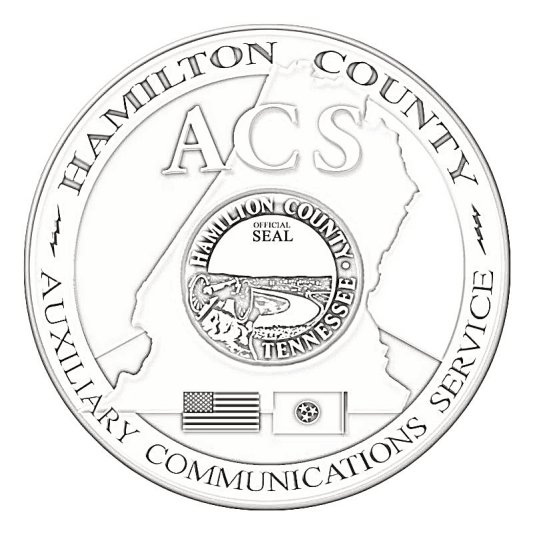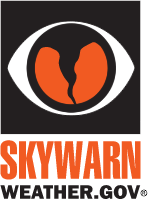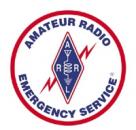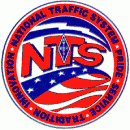Learning Resources
This page provides suggested learning resources from the ARRL, FEMA, and other third party organizations that are related to emergency communications activities. Feel free to browse these and use them for your learning activities.
For our purpose, entry level FEMA courses are IS100, IS200, IS700 AND IS800. Advanced courses include IS300, IS400,
Recommended courses are listed here. The complete independent study course inventory can be found at https://training.fema.gov/is/
IS 100 Introduction to the Incident Command System, introduces the Incident Command System (ICS) and provides the foundation for higher level ICS training.
IS200 Basic Incident Command System for Initial Response, reviews the Incident Command System (ICS), provides the context for ICS within initial response, and supports higher level ICS training.
IS700 This course provides an overview of the National Incident Management System (NIMS). The National Incident Management System defines the comprehensive approach guiding the whole community – all levels of government, nongovernmental organizations (NGO), and the private sector – to work together seamlessly to prevent, protect against, mitigate, respond to, and recover from the effects of incidents
IS800 National Response Framework, An Introduction, is to provide guidance for the whole community.
IS802 This course provides a high-level overview of ESF #2 to anyone in the emergency management community. Ideally, participants have a base-line knowledge of incident management and have taken related courses through the EMI.
IS240 Leadership and Influence The goal of this course is to improve your leadership and influence skills. This course addresses: Leadership from within; How to facilitate change; How to build and rebuild trust; Using personal influence and political savvy; and Fostering an environment for leadership development.
- East Tennessee Tornado Outbreak: May 18, 1995
- Nighttime Squall Line: May 5-6, 1999
- Scott County (Huntsville) Tornado: April 20, 2000
- Knox County (Powell) Tornado: May 23, 2000
- Severe Weather July 2001: July 4 and July 8 Squall Lines, July 25-29 Flooding
- Cumberland Plateau Tornado Outbreak: November 10, 2002
- Knox County (south Knoxville) Tornadoes: May 15, 2003
- Heavy Snowfall in the Mountains: February 11-12, 2006
- Damaging Wind Event across East Tennessee: July 21, 2006
- Claiborne County Tornado: April 26, 2007
- Long-lived Supercell Thunderstorms: May 8, 2009
- Three Weak Tornadoes across Southwest Virginia: June 16, 2009
- Four Weak Tornadoes across Southeast Tennessee: October 9, 2009
- Super Tornado Outbreak: April 27, 2011
The Amateur Radio Relay League has many resources and programs to help amateur operators assist others in time of need. To best make use of these programs, amateurs should learn about and take part in these training and other program opportunities.
The CalTech Amateur Radio Club puts the origins of the ARRL into perspective for us:
“The trick of getting a message from here to there was to relay it between hams until it reached its destination. Amateur radio’s national organization in the United States, the ARRL, in fact derived its name from this prominent activity. ARRL stands for American Radio Relay League.”
–Caltech Amateur Radio Club W6UE
The SHared RESources (SHARES) High Frequency (HF) Radio Program.
Amateurs with HF experience are uniquely qualified to assist Federal, State, and Local Agencies and Nongovernment Organizations with technical assistance with communications via Federal HF frequencies under the SHARES program.
What is SHARES?
The SHAred RESources (SHARES) High Frequency (HF) Radio Program coordinates a voluntary network of government, industry, and disaster response agency HF radio stations used for emergency communications. SHARES supports government (federal, state, and county), critical infrastructure, and nationwide or multi-state disaster response organizations in two ways: by transmitting emergency messages when normal communications systems are destroyed or unavailable, and by providing HF radio channels for interoperability. SHARES supports Emergency Support Function Two (ESF #2), Communications, and helps participants maintain awareness of applicable regulatory, procedural, and technical issues. SHARES is a program of the National Coordinating Center for Communications (NCC), a division of CISA Central.
The Winlink site reads: …is a network of amateur radio and authorized government stations that provide worldwide radio email using radio pathways where the internet is not present. The system is built, operated and administered entirely by licensed “Ham” volunteers.





